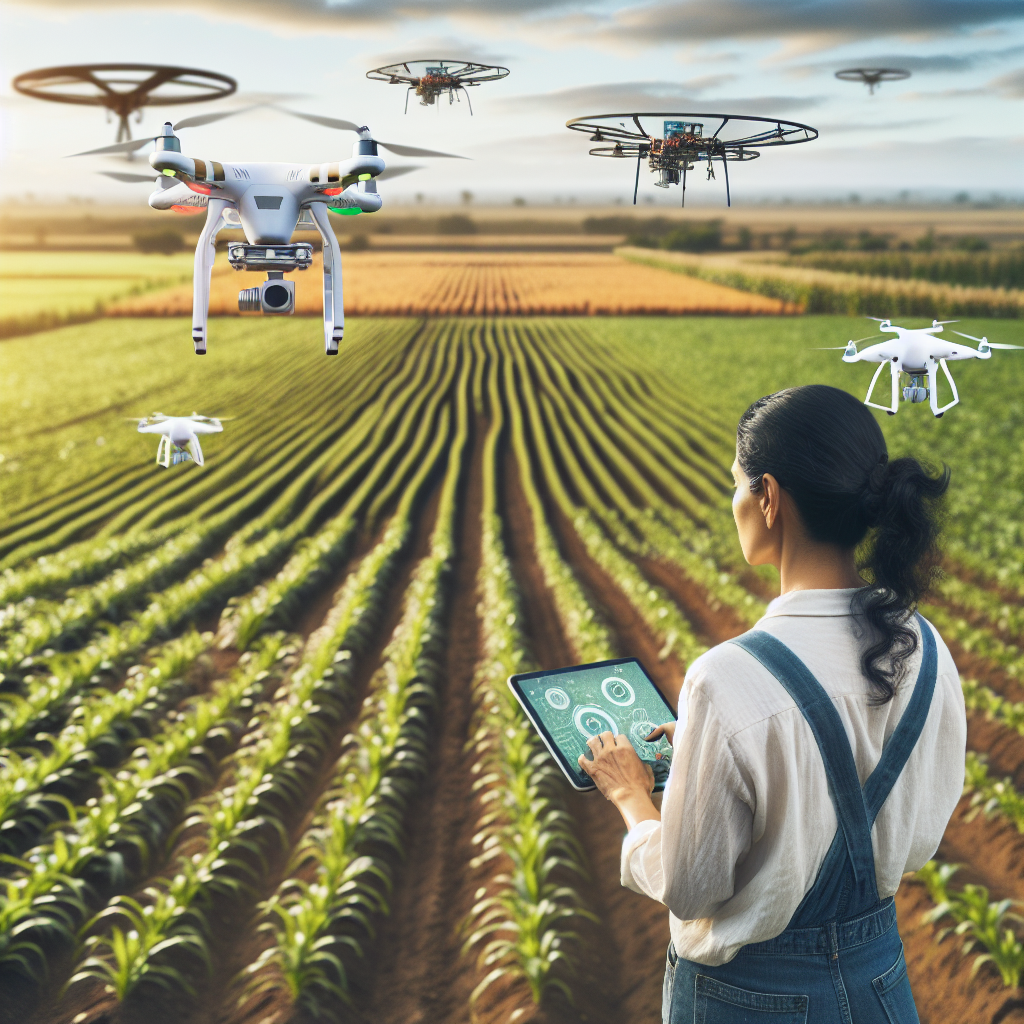
AI in Agriculture: How Technology is Transforming Farming
Farming has come a long way from traditional methods to cutting-edge technology. Today, artificial intelligence (AI) is playing a crucial role in making agriculture more efficient, sustainable, and profitable. But what exactly is AI in farming, and how is it changing the way we grow our food? Let’s dive into some common questions!
What is AI in Agriculture?
AI in agriculture refers to the use of machine learning, robotics, computer vision, and data analysis to improve farming practices. These technologies help farmers optimize crop production, manage resources effectively, and reduce costs.
How is AI Helping Farmers?
AI is revolutionizing farming in several ways by improving efficiency and sustainability. Here are some of the key applications:
- Precision Farming: AI-powered sensors collect data on soil health, weather patterns, and plant growth to help farmers make informed decisions.
- Automated Machinery: Smart tractors and harvesters equipped with AI can perform tasks like planting, weeding, and harvesting with minimal human intervention.
- Pest and Disease Detection: AI-powered drones and image recognition technology can identify pests and diseases early, reducing crop losses.
- Predictive Analytics: AI analyzes historical data to predict the best times for planting and harvesting, improving yield outcomes.
- Livestock Monitoring: AI-powered wearable devices track animal health, helping farmers detect illnesses before they spread.
Is AI Replacing Farmers?
Not at all! AI is not here to replace farmers but to assist them. Think of it as an intelligent assistant that helps farmers make better decisions, reduce workload, and increase productivity. While machines can handle repetitive tasks, farmers’ expertise and experience are still essential for decision-making.
What Are the Benefits of AI in Farming?
- Increased Efficiency: AI automates labor-intensive tasks, saving time and effort.
- Higher Crop Yields: Data-driven insights help farmers grow more food with fewer resources.
- Cost Savings: AI optimizes resource usage, reducing water, fertilizer, and pesticide costs.
- Environmental Benefits: Precision farming minimizes waste and helps reduce environmental impact.
Are There Any Challenges?
While AI has great potential in agriculture, there are some challenges to consider:
- Cost of Implementation: Advanced AI-powered equipment and software can be expensive for small farmers.
- Data Dependency: AI relies on vast amounts of data, and collecting accurate data can be challenging.
- Technical Knowledge: Farmers may need training to fully utilize AI technology.
What’s Next for AI in Agriculture?
The future of AI in farming looks promising! With ongoing advancements, we can expect even smarter automation, better sustainability practices, and increased integration with Internet of Things (IoT) devices. As AI technology continues to evolve, it will empower farmers to produce more food while using fewer resources.
Final Thoughts
AI in agriculture is not just a futuristic concept—it’s already transforming the way farmers work today. By embracing AI-powered technology, farming can become more efficient, more sustainable, and better equipped to meet the world’s growing demand for food.
What do you think about AI in farming? Are you excited about these changes? Let us know your thoughts!
“`



